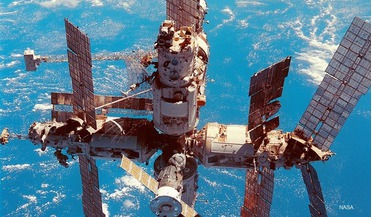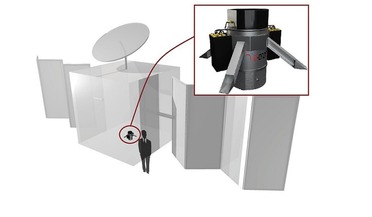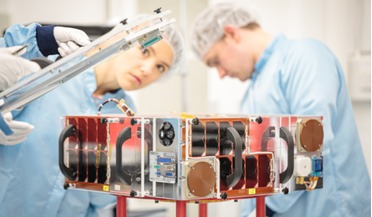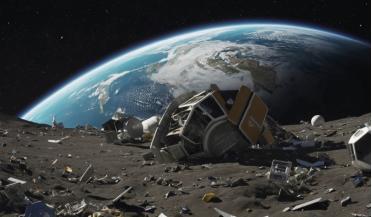 March 2015
SERC wants us all to get to grips with space junk
March 2015
SERC wants us all to get to grips with space junk
...elite public and private sector resources in the absence of any major government-funded initiative for space debris. In Australia, excellent space debris research outcomes had emerged over 20 years from a series of PPP between government and industry...
 October 2015
Down to Earth: how to deorbit satellites and save money
October 2015
Down to Earth: how to deorbit satellites and save money
... occupation and insurance premiums. A 2009 ESA simulation shows how crowded Geostationary Earth Orbit would be in 2112 if space debris is not dealt with more effectively Similar challenges not only affect LEO and large constellations of satellites...
 September 2023
A multifaceted approach to space sustainability
September 2023
A multifaceted approach to space sustainability
... population of objects that are too small to track. According to the European Space Agency (ESA) Space Debris Office, there may be as many as one million space debris objects ranging in size from 1 cm to 10 cm, and perhaps as many as 130 million from...
 07 November 2019
SSTL ships target satellite to Tokyo for Astroscale’s ELSA-d mission
07 November 2019
SSTL ships target satellite to Tokyo for Astroscale’s ELSA-d mission
...thank SSTL for the commitment to ELSA-d and for working together to address the ongoing buildup of hazardous space debris in low Earth orbit.” ELSA-d is scheduled to launch in 2020 on a Soyuz from the Baikonur Cosmodrome in Kazakhstan. SSTL is at the...
 October 2024
International space law - the beginning of the end?
October 2024
International space law - the beginning of the end?
...removal measures, there is very limited, if any, hope for a meaningful solution in the near or medium term to the space debris problem that is caused by the actions of a few spacefaring States, and which is expected to pose constraints on the freedom...
 January 2021
Safeguarding space - lessons from decommissioning in the energy industry
January 2021
Safeguarding space - lessons from decommissioning in the energy industry
... and remove the threat posed by non-functional or ‘dead’ satellites. The dangers posed by the current preponderance of space debris have been well documented, while increasing the numbers of satellites serves only to increase the risk of a serious...